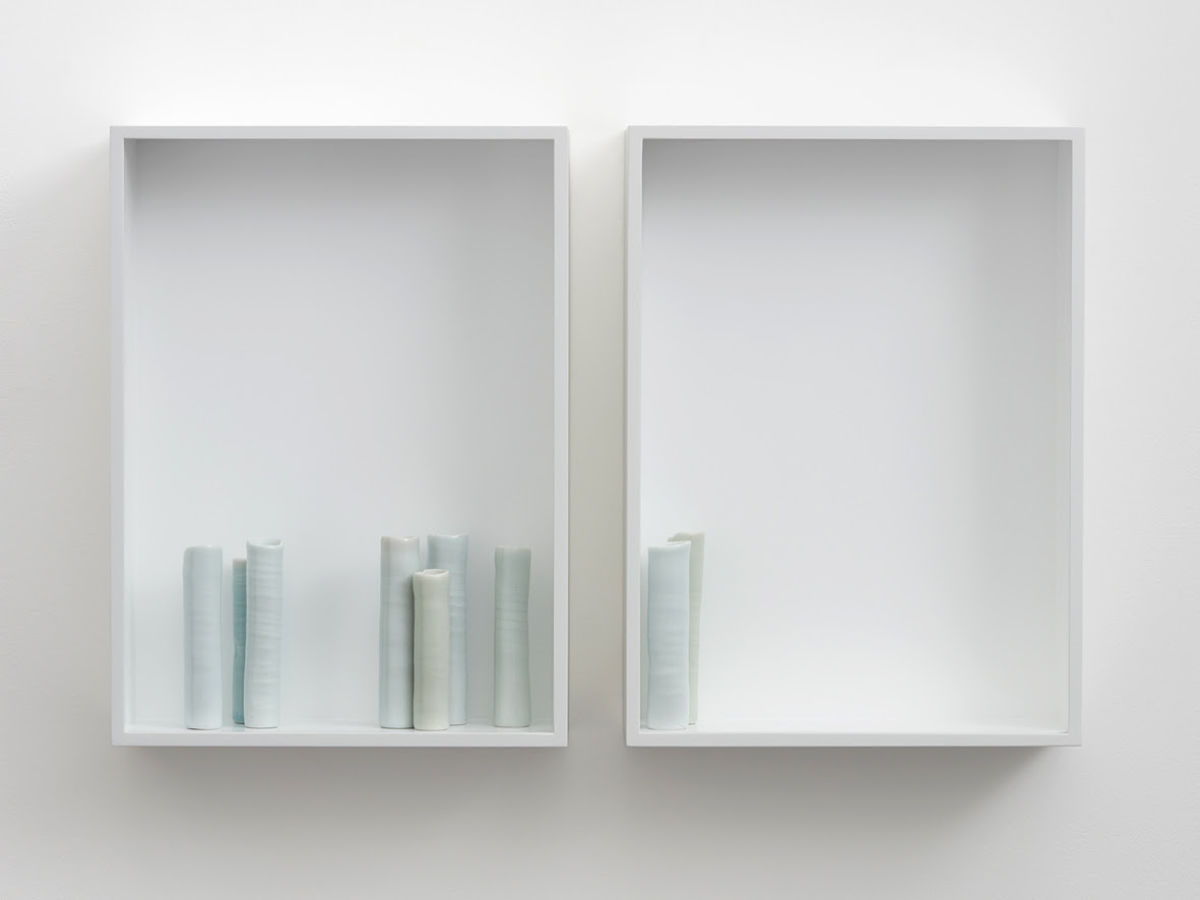Ingleby Gallery: Until 30th January
The Ingleby Gallery in Edinburgh currently shows an innovative and unique display of the work of a large variety of artists.
The title of the exhibition is taken from Sean Scully’s essay on the twentieth century Italian painter Giorgio Morandi. In his essay, Scully remains intrigued by the versatility of one of Morandi’s paintings, which he would pass everyday walking through the Tate whilst living in London as a student. Fascinated by the ambiguity and subversiveness of the painting, with a unique ability to resist definition, he writes compellingly not just of Morandi’s work but of similar work that aligns with the themes resistance and persistence.
The exhibition features several paintings of Morandi, as well as the work of other artists. Two of the Morandi paintings have not been viewed in public for over 50 years, which may indeed be a good reason to attend the exhibition. The media through which the overall theme is conveyed are diverse; amongst the paintings are sculptural works by Richard Long, Rachel Whiteread and Roger Ackling and a projected film by Richard Serra.
The exhibition is one which, admittedly, an attendant has to work to emotionally engage with. There is something to be said for the profound obscurity of some of the pieces; on face value they seem arbitrary and incohesive. However, they are entirely the opposite. The work of this diverse range of artists is indeed varied, yet united by the fact that the artists have a tendency to work in series. Moreover, each piece of work by an artist tends to build off another piece, creating a sense of development, continuity and emotive progression.
The work of these artists as a whole is rendered all the more stimulating by the fact that they are often working against the conventions and expectations of the time in which they exist. This creates a deep sense of engagement between those who are viewing the work and those who created it, due to their faith in their work and the unusual dimensions which they expand upon through the various versions of their original source of inspiration.
The work of Edmund De Waal is a key example of the type of work seen in the exhibition. He takes basic shapes: four porcelain vessels and one plaster block in a pair of aluminium and plexiglass vitrines, with the boxes being black and their contents being white, a format that is varied only slightly in his second work shown. De Waal displays the versatility of porcelain in his artistic journey of interaction with the medium, with the simplicity of monochrome and uncomplicated shapes.
The exhibition as a whole is highly provocative, and requires a great deal of thought as to the meaning of each individual piece, as well as the pieces in series. Taken at face value, the subtle variations within each series are intriguing and unexpected. Go deeper and the profundity of the work can be interpreted in a multitude of ways, its rapid versatility in conjunction with the stubborn strength of an artist’s conviction remaining at the heart of this engaging exhibition.
Image: Ingleby Gallery

